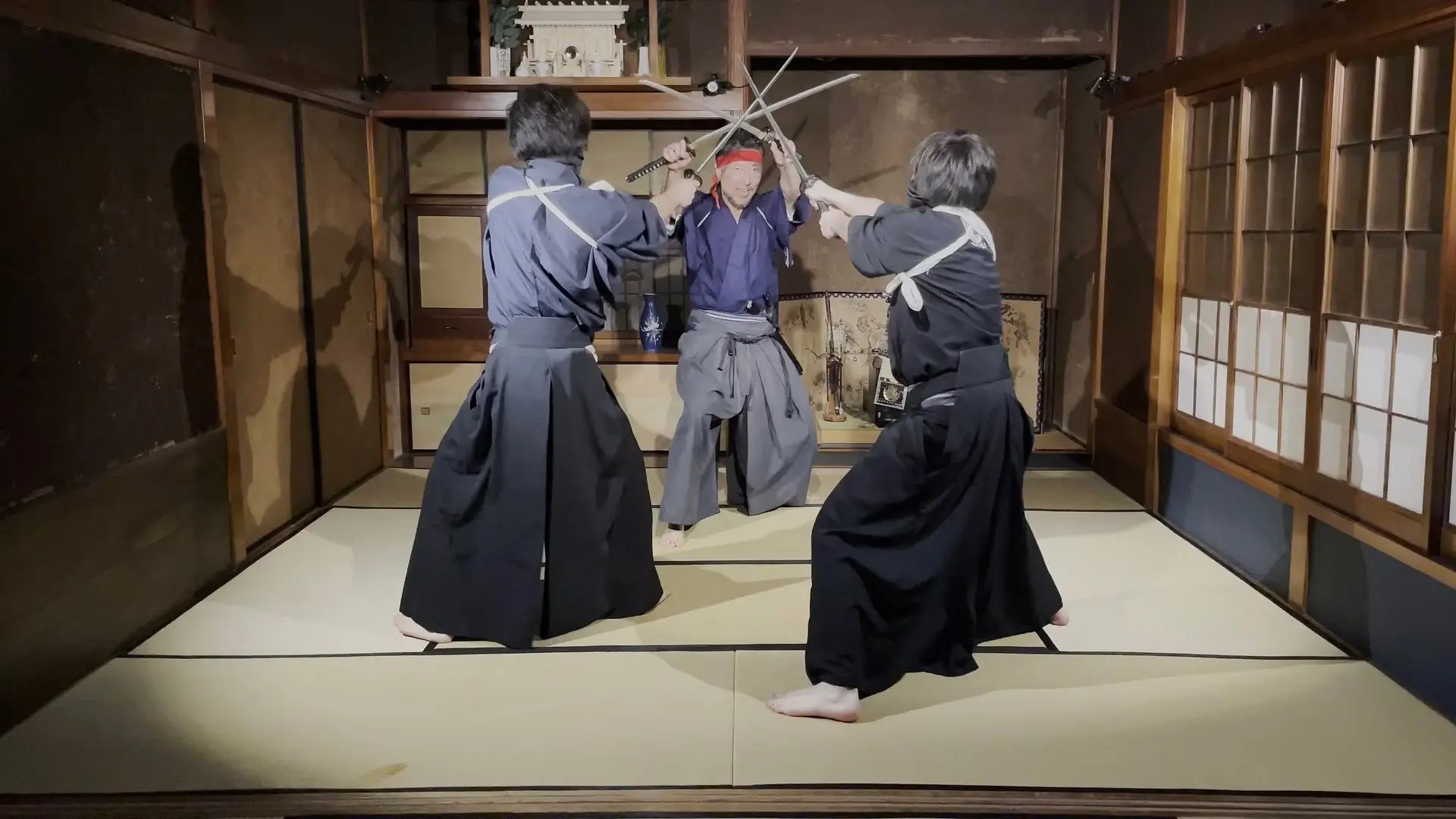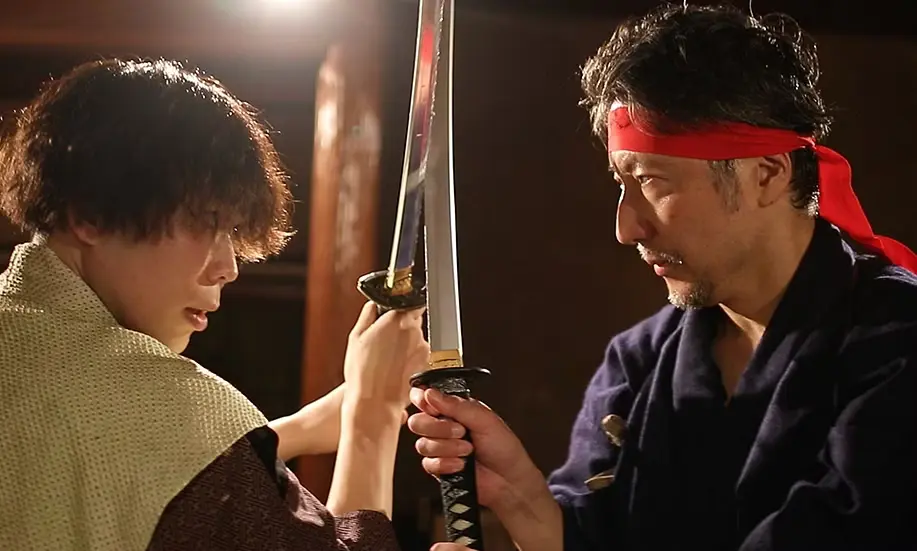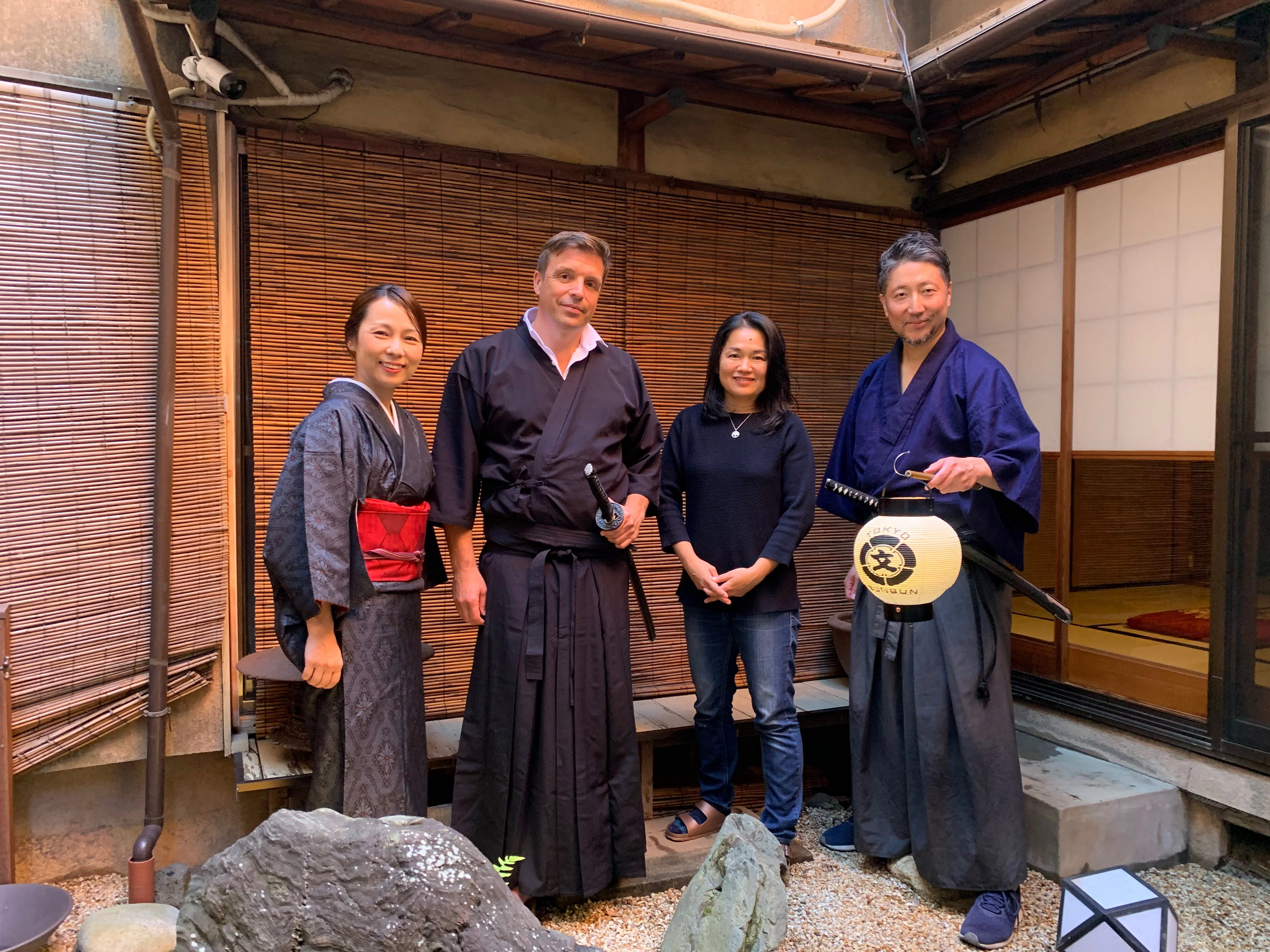The samurai, the legendary warriors of feudal Japan, have captured the imagination of people around the world with their unparalleled skills, unwavering loyalty, and strict adherence to the code of bushido. Born from the chaos of the Heian period, the samurai emerged as a powerful military class that would shape the course of Japanese history for centuries. From the epic battles of the Sengoku era to the peaceful years of the Edo period, the samurai played a central role in Japan's political, social, and cultural development. As you delve into the world of the samurai, you'll discover a fascinating tale of honor, sacrifice, and the indomitable spirit that has come to define the essence of Japan's warrior class.
5 tours & activities found
Sort by price
![[Private ][Asakusa][2~4people]samurai experience in Asakusa! You can enjoy real action](https://imgcdn.bokun.tools/3cc0295f-3500-4103-8d0f-8440cfc3050d.jpeg?mode=crop&h=500&w=500)
Tokyo・1 hour
From $ 122.76
per person

Tokyo・1 hour
From $ 150.32
per person

Tokyo・1 hour
From $ 165.34
per person

Osaka・1 hour and 30 minutes
From $ 192.89
per person
Show more
The samurai were a distinct social class that emerged in the late 12th century, when the ruling Heian dynasty began to lose its grip on power. As regional clans and warlords vied for control, they relied on skilled warriors to protect their land and interests. These warriors, known as "bushi" or "samurai," were highly trained in martial arts, horsemanship, and strategy, and adhered to a strict code of honor and loyalty to their lord.
Some key aspects of the samurai include:
Throughout Japan, there are numerous historic sites, castles, and museums that offer a glimpse into the world of the samurai. Some of the most notable include:
For those seeking a hands-on samurai experience, many locations in Japan offer the chance to dress up in authentic samurai armor, take part in sword-fighting lessons, or witness thrilling reenactments of historic battles.
Step into the realm of the samurai by booking your samurai experience in Japan today. As you explore the castles, shrines, and battlefields where these legendary warriors once walked, you'll gain a deeper understanding and appreciation for the courage, honor, and dedication that defined the samurai spirit. Get ready to embark on an unforgettable journey through the pages of Japan's martial history, and discover the timeless legacy of the samurai.



77
tours & activities
29
tours & activities
22
tours & activities
17
tours & activities
16
tours & activities
8
tours & activities
8
tours & activities
6
tours & activities
6
tours & activities
6
tours & activities
5
tours & activities
5
tours & activities
4
tours & activities
3
tours & activities
3
tours & activities
2
tours & activities
2
tours & activities
1
tours & activities
1
tours & activities
1
tours & activities